Learn more about government and private coin mints with a short history of coin mintage
A mint is a coining facility or a place where coins are being manufactured, usually under public authority. There are two types of coin mints: government mints and private mints.
Brief history of coin mintage
The process and technology of coin making is believed to have started around 600 BC in Lydia, an Iron Age kingdom located somewhere in Turkey.
Lydians used the so-called hammered coinage in which the design is engraved on the coin by hammering the coin die on a blank piece of metal. They produced the Lydian Lion which is considered, so far, as the world’s first coin. The coin minting system developed to milled coinage (using a machine rather than manual hammering) during 16th and 17th century.
In industrial revolution from 1700s to late 1800s; steam power, screw press, and atmospheric pressure were used. Modern coin making started in the early 20th century using electrical power to operate minting machines.
Here are some key aspects of coin mints:
Design and Engraving: Before coins are minted, the design and engraving of the coin’s obverse (front) and reverse (back) sides are carefully created. This often involves the work of skilled artists and engravers who create the coin’s design, including its imagery, inscriptions, and other details.
Die Production: The design is transferred onto metal dies, which are used to strike the coin blanks. These dies are typically made of hardened steel and are created with great precision to ensure that each coin is uniform in appearance.
Blank Preparation: Coin blanks, also known as planchets, are typically circular pieces of metal that are cut to the required size and weight for a particular denomination. These blanks are often made from metals such as copper, nickel, silver, or gold, depending on the coin’s specifications.
Coin Striking: The actual minting process involves using the dies to strike the design onto the coin blanks. This is typically done under high pressure and at a controlled temperature to ensure consistent quality. The force of the strike transfers the design onto the blank, creating the finished coin.
Quality Control: After striking, coins go through a quality control process to identify any defects or imperfections. Coins that do not meet the required standards are usually melted down and recycled.
Coining Facilities: Coin mints can vary in size and capacity. Some countries have multiple mints, while others have a single centralized mint. Large mints may produce millions or even billions of coins each year to meet the demand for circulating currency.
Security: Mints are highly secure facilities to prevent counterfeiting and theft. They often employ advanced security measures, including surveillance, access controls, and special protocols for handling valuable metals.
Markings: Coins often bear marks indicating the mint where they were produced. These mint marks can be useful for collectors and numismatists in determining a coin’s origin and rarity.
Government Coin Mints
Coins for currency or commerce are being processed and produced in government coin mints. But these government run mints are not only responsible of manufacturing coins.
The United States Mint, for example, aside from ensuring that sufficient quantities of circulating coins are produced for public use, is in charge of:
1.) Distributing the minted US coins to the Federal Reserve banks and branches
2.) Maintaining custody and protection of the US bullion assets, specifically silver and gold
3.) Producing proof, non-circulating, commemorative coins, and other collectible coins for sale to different types of coin collectors and the general public
4.) Manufacturing and selling platinum coin, US gold coins, and silver bullion coins
5.) Supervising the minting facilities in San Francisco, Denver, Philadelphia, and West Point, including the US Bullion Depository
Private coin mints
Private mints or Coin minting company, on the other hand, produce custom made and collectible coins such as commemorative coins, medallions, and tokens for arcade, car wash coin slots, vending machines, transits or trains among others. They also manufacture special pieces like full color coins for sale.
There are private coin mints which are dedicated to preserve and continually develop the art of numismatics by building museums that show the evolution of coinage and the coin making technology.

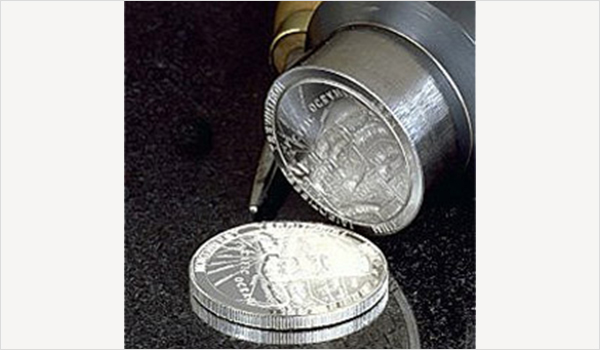




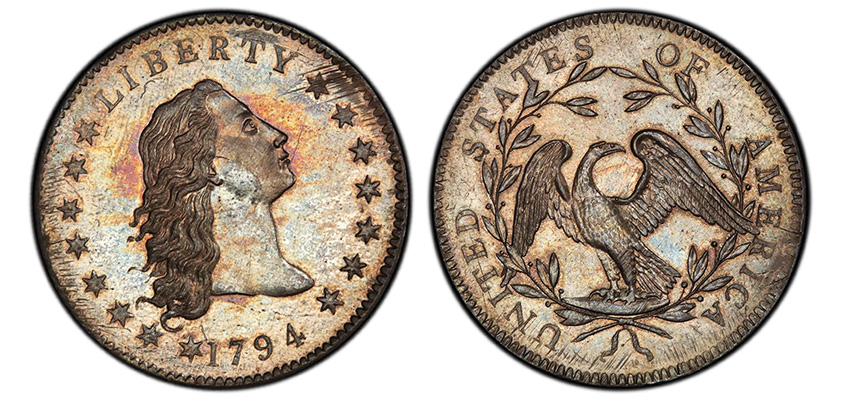
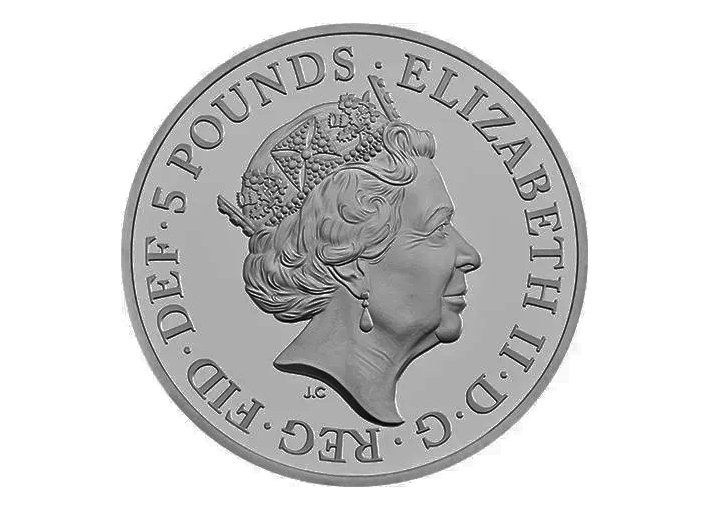
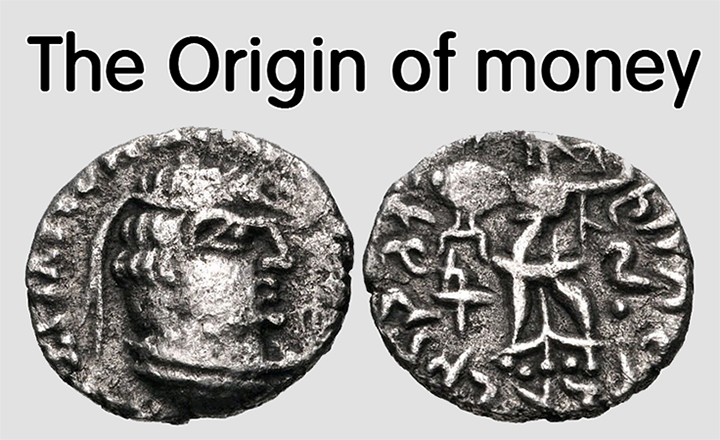
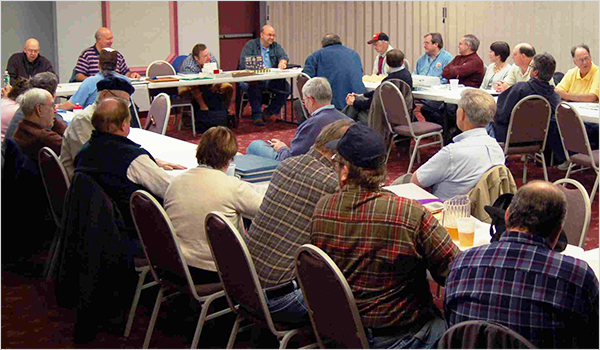

Leave a Reply